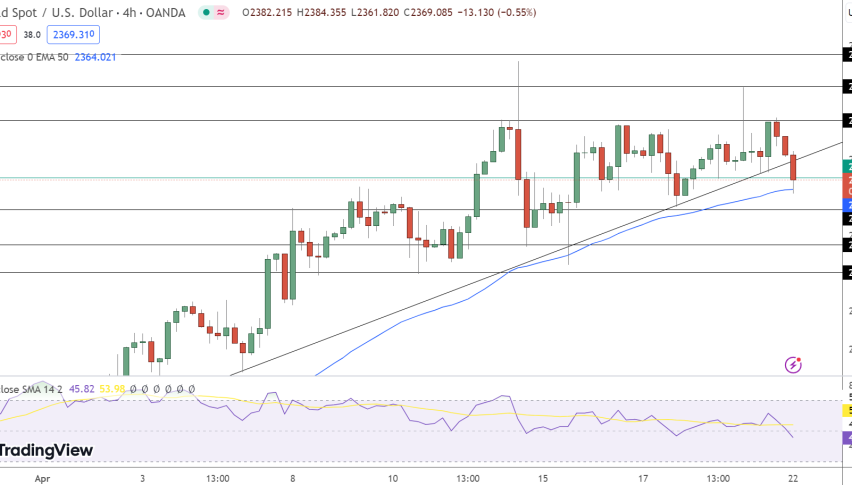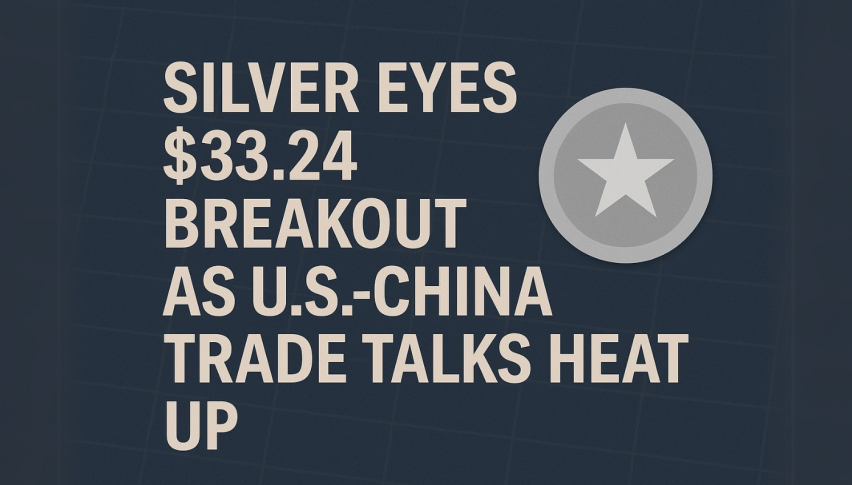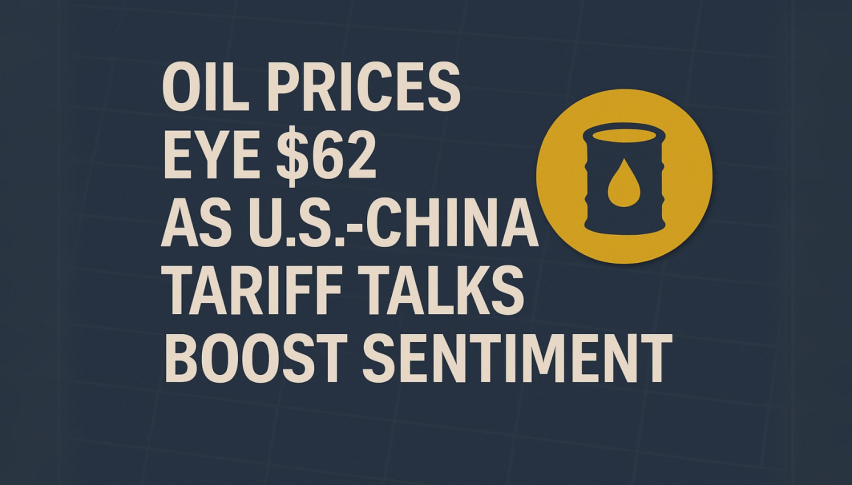Gold Price Forecast: Middle East Calm and U.S. Rate Outlook Lower XAU/USD
In the latest trading session, gold prices saw a decline in Asia as a reduction in Middle East tensions and expectations for enduring high

In the latest trading session, gold prices saw a decline in Asia as a reduction in Middle East tensions and expectations for enduring high U.S. interest rates applied downward pressure on the commodity.

Despite reaching a peak of over $2,400 per ounce during recent conflicts between Iran and Israel, gold’s role as a haven weakened. Iran’s measured response to Israeli actions, suggesting no immediate countermeasures, led to a 1.2% drop in gold prices.
The geopolitical situation remains uncertain, however. Recent military actions in Syria and ongoing conflicts in Gaza indicate that stability in the region is still out of reach, maintaining some demand for gold as a protective asset.
The U.S. financial outlook is also affecting gold, with the dollar strengthening and Treasury yields climbing. This reflects a market consensus that the Federal Reserve will keep interest rates high for an extended period.
After dismissing the likelihood of a rate cut in June despite high inflation rates in March, the opportunity cost of holding non-yielding assets like gold has become less attractive, prompting a shift in investment strategies away from the precious metal.

Currently, gold is priced at $2370.055, down by 1.02%. The market is watching the $2360.46 pivot point closely; a break below this level could exacerbate the selling trend, pushing gold toward support levels at $2323.92, $2296.85, and $2268.55.
Resistance is found at $2403.98, $2431.98, and $2459.86, which could restrict any upward movement. Despite the bearish outlook, the technical indicators, including the 50-day EMA at $2364.06 and the 200-day EMA at $2258.09, suggest that there is still potential for gold to regain its momentum if it can maintain support levels.
- Check out our free forex signals
- Follow the top economic events on FX Leaders economic calendar
- Trade better, discover more Forex Trading Strategies
- Open a FREE Trading Account



